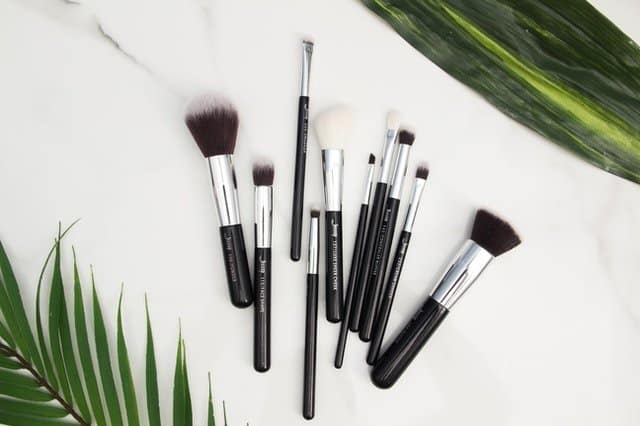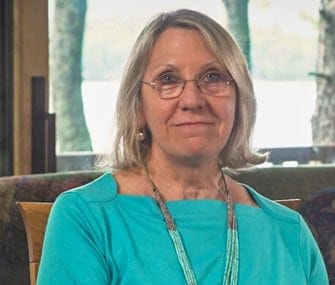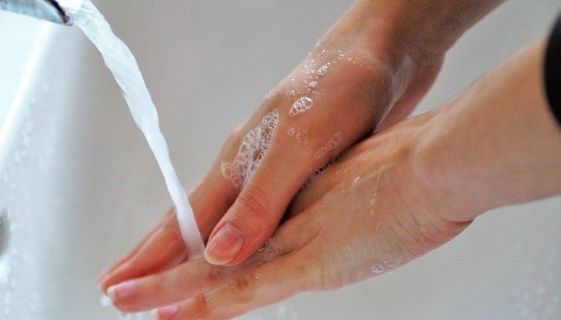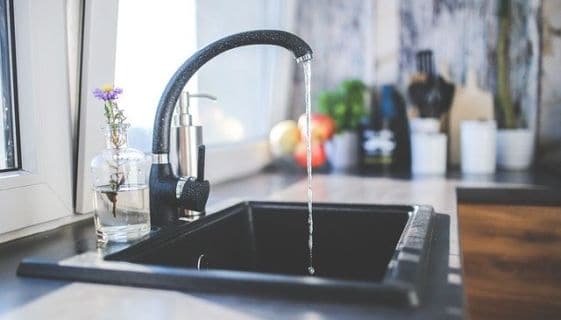Another pink October has come and gone–Breast Cancer Awareness Month. Were you aware?
Established in 1985, Breast Cancer Awareness Month (BCAM) was a partnership between the American Cancer Society and the pharmaceutical division of Imperial Chemical Industries (now part of AstraZeneca, maker of several anti-breast cancer drugs). BCAM originally was meant to “educate” women about breast cancer, but then got into the business of fundraising for cancer research organizations.
Ongoing criticisms of BCAM fault the campaign for highlighting “awareness” of breast cancer while rarely, if ever, discussing causes or promoting prevention in any depth. The Think Before You Pink campaign was established by the nonprofit Breast Cancer Action out of concern for the questionable practices of companies selling pink ribbon products and promotions, and uncertainty about how much of the money they raise actually winds up being used for research or education.
The most egregious irony is that many companies that participate in BCAM efforts are cosmetic companies whose very products contain chemicals known to be toxic, and in some cases, carcinogenic as well. More than ten years ago, the book Not Just a Pretty Face brought to light this dark side of cosmetics, exposing the fact that no cosmetic products require approval by the FDA.
For example, you probably didn’t know that lipsticks are legally allowed to contain lead, or that dandruff shampoos often contain coal tar, a known carcinogen; or that many personal care products still contain the endocrine disrupting chemical called phthalates, which are linked to birth defects and infertility. The average American woman uses 12-16 cosmetic products each day, exposing her to more than 200 different chemicals on a daily basis.
This discrepancy between company hype around breast cancer awareness and their actual commitment to prevention, leaves a lot of people wondering about corporate motives for this annual campaign. Consumers wonder which companies they can actually trust, and which products on the market are truly safe. I am often asked, “Where can I find better and safer products?”
Luckily, many organizations are there to help. In 2004, Breast Cancer Prevention Partners launched the Campaign for Safe Cosmetics to pressure the cosmetics industry to make safer products. Because of their effective public awareness campaigns, as well as dogged efforts by the Environmental Working Group (EWG) and other nonprofits, people have demanded safer products and the cosmetic industry is beginning to respond.
The Environmental Working Group (EWG) created an excellent resource called the Skin Deep database, that makes it easy to research ingredients and find safe products. (We’ve created a video to help you navigate EWG’s Skin Deep database.) EWG even has a handy Healthy Living App listing over 120,000 products evaluated for safety by EWG’s scientists.
These organizations are dedicated to decreasing people’s exposures to the many chemicals of concern and carcinogens contained in everyday products. These outstanding resources will help you select healthier and safer products for yourself and your family. Prevention is key for an Anticancer Lifestyle, whether it is preventing cancer in the first place or reducing the odds of a possible recurrence. This is not a new theory. As Ben Franklin once said …“An ounce of prevention is worth a pound of cure.”



 Deborah deMoulpied
Deborah deMoulpied 

